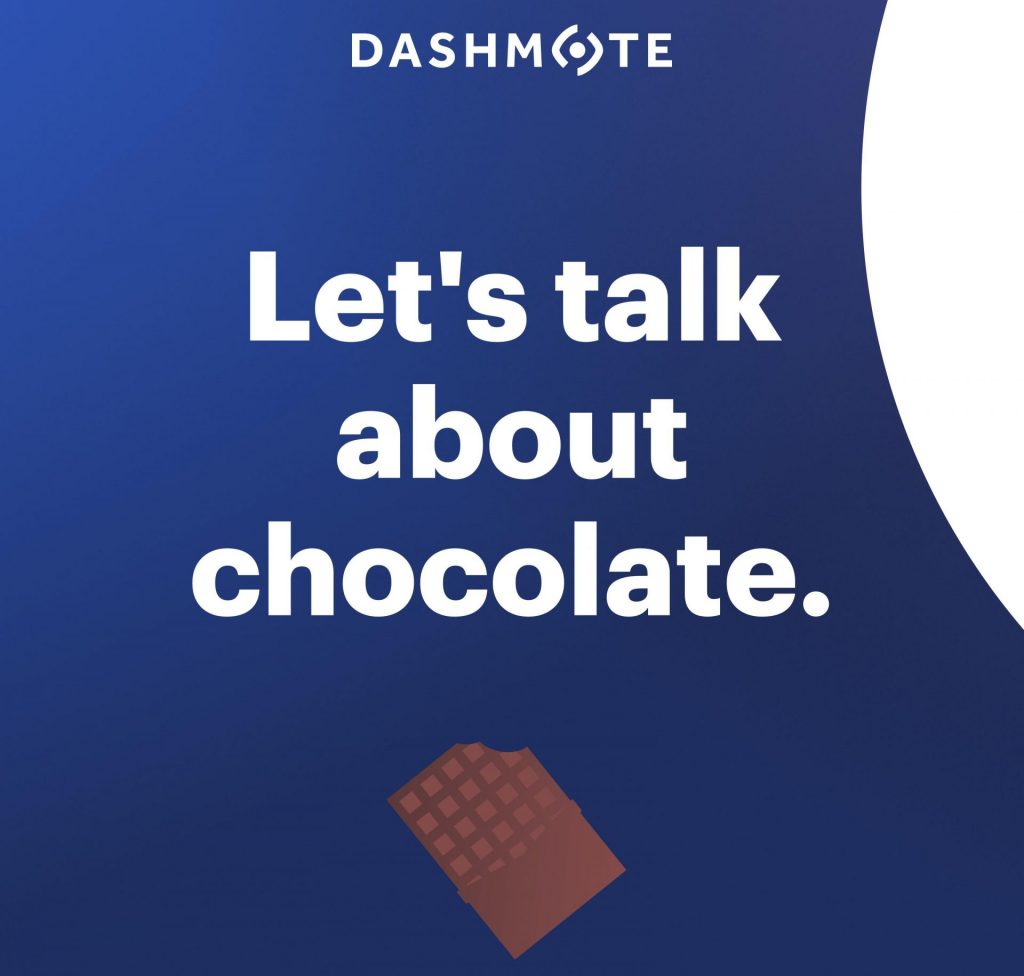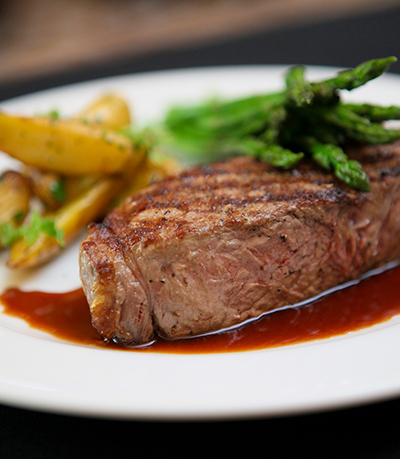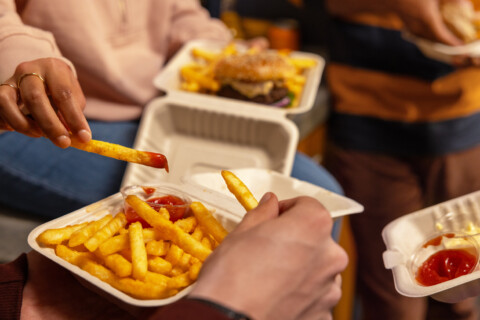The history of chocolate can be traced back to around 1100 BC when cocoa was cultivated by the Maya, Toltec, and Aztec peoples for making ceremonial drinks [1]. It was only in the Industrial Revolution, when chocolate production was modernized and developed through mechanization, that significant advances in the chocolate-making process occurred. Today, chocolates can be consumed everywhere. The annual chocolate consumption in 2022 is projected at a staggering 7.5 million tons around the globe [2].
Sweets on Demand: Chocolate Brands Analysis – Food & Beverage Magazine
The global chocolate market size was estimated at USD 113.16 billion in 2021 and is anticipated to grow at a compound annual growth rate (CAGR) of 3.7% from 2022 to 2030 [3]. The United States is the leading world market for confectionery of any kind, with its cocoa and chocolate market estimated to be worth USD 19.4 billion [4]. A study shows that US consumers ate, on average, 7 kilograms more chocolate during the first year of the pandemic compared to the previous year.
With the ever-expanding interest in chocolates, it’s not surprising that the industry is expanding its sales channels into the meal delivery sector. The growing internet penetration rate, ease of ordering from home, and great availability of different brands are the main factors driving the growth of online meal delivery channels in the chocolate confectionery industry. By leveraging Dashmote’s Data Analytics SaaS platform, we analyzed the chocolate confectionery category across major US meal delivery platforms in Q3 2022. After reading this article, you will have a clear understanding of the performance of top chocolate brands and manufacturers on US meal delivery in terms of market shares and market penetration rates.
Top chocolate confectionery brands on meal delivery
Our data shows Oreo has the highest brand penetration rate in Q3, 2022, that 14% of Digital Storefronts (DSFs) on the US meal delivery platforms list an Oreo flavored product. This is followed by M&M’s with an 8.9%, and Mars with an 8.2% penetration rate. Reese’s (8.1%) and Hershey’s (7.4%) made it to the rest of the top 5 chocolate brands on US meal delivery in terms of the product listing.
As the most listed chocolate confectionery brand, Oreo controls 15% chocolate confectionery market share on US meal delivery, which is around 2 times more than Hershey’s (7.9%) and Fry’s (7.4%). This domination could be largely influenced by the partnership with McDonald’s for the McFlurry, as well as the variety of Oreo sub-category products, such as Oreo milkshake and Oreo cheesecake. This domination in market share has proven that by partnering with restaurants and delivery platforms, chocolate confectionery brands, such as Oreo, can deliver convenience and accessibility to people looking for a sugary treat after a meal, that ultimately drive long-term business growth.
Major chocolate confectionery manufacturers on meal delivery
Mars, Incorporated dominates the chocolate category on the US meal delivery platforms with a 35% manufacturer market share. They own strong brands such as M&Ms, Mars, Twix, Snickers and Milky Way. Hersey’s, with an 18% manufacturer market share, comes in 2nd place. Mondelez, who owns the most listed brand Oreo, ranks 3rd with a 16% manufacturer market share on US meal delivery.
By analyzing Dashmote’s data, we also found that Grubhub is falling short with its snack listings. There were in total 214k DSFs on Grubhub listing chocolate confectionery products, which was less than half of the 420k DSFs on DoorDash, and 548k DSFs on Uber Eats in Q3 2022. Specifically, there were only 1k DSFs on Grubhub selling Ghirardelli, whereas on Uber Eats the number is 20 times more. This could cause restaurants on Grubhub to generate fewer sales from snack sectors than their peers on other delivery platforms.
Read Also: US Chocolate Snacks: Featured in Food & Beverage Magazine
According to the founder of Superior Supplement Manufacturing, “It is clear that chocolate is a highly sought after product on meal delivery platforms, and as a key player in the chocolate manufacturing industry, we are committed to making our products easily accessible through all major delivery platforms to meet the demand of consumers.”
Although a number of factors, including the growing consumer demand for vegan, organic, gluten-free, and sugar-free snacks, are changing the viability of the chocolate confectionery sector, the demand for chocolate consumption never falls behind. With e-commerce and meal delivery channels growing rapidly, there are still plenty of opportunities for chocolate confectionery brands to expand digitally and have their products reach a wider target market through meal delivery online. By following trends across the meal delivery market, global chocolate manufacturers can stay on top of the game. Dashmote is the leading big data and AI analytics company in the food & beverage industry. Dashmote helps F&B enterprises by empowering leaders and analysts to track and analyze publicly available data to contribute to making strategic decisions for their clients’ brands.
Are you interested in retrieving market insights across meal delivery and F&B?
→ Please contact sales@dashmote.com.








